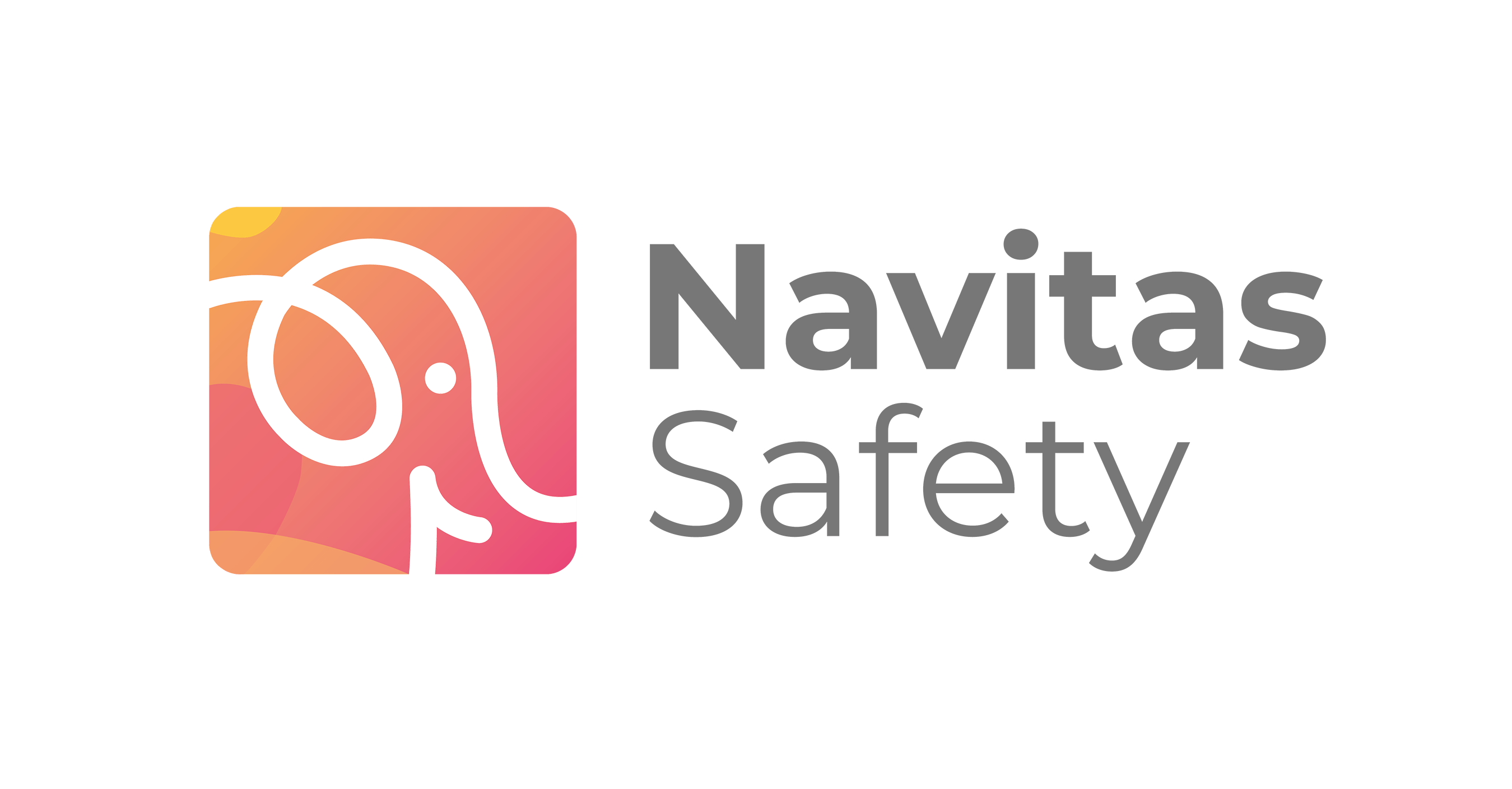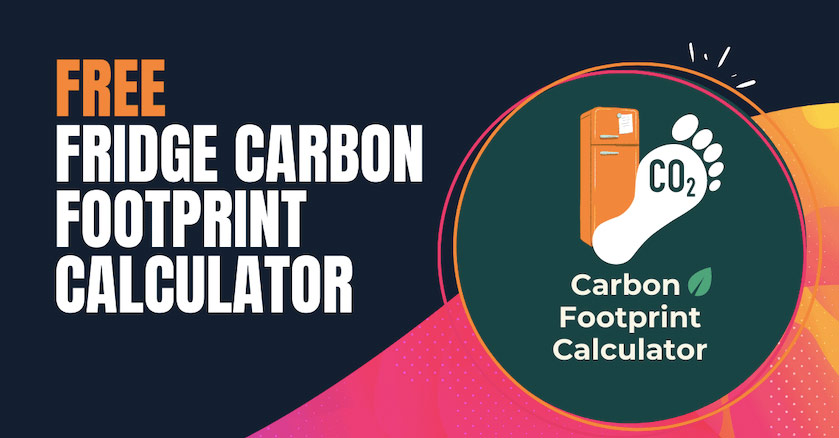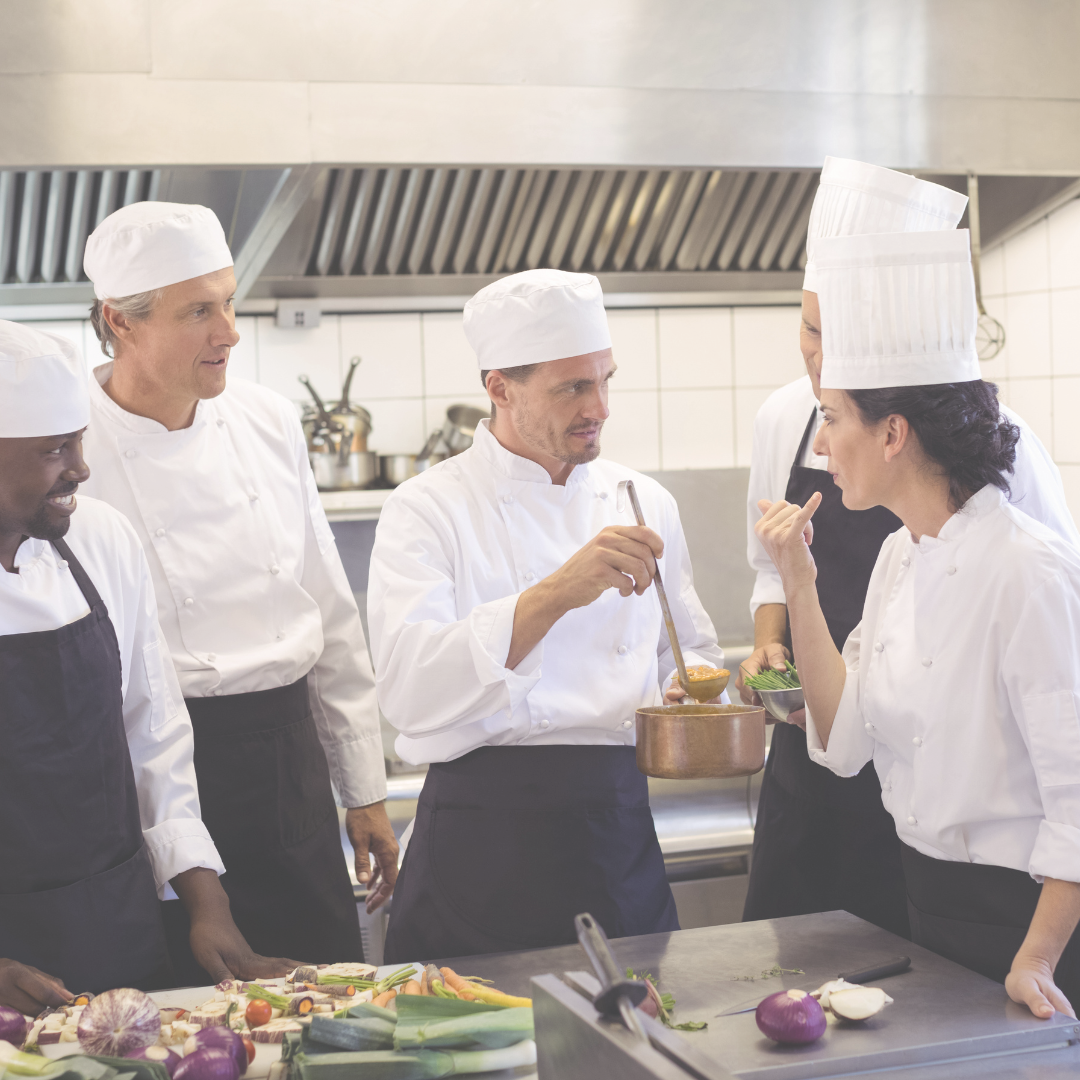Sustainable food safety practices: a topic that matters for hospitality
This blog focuses on sustainable food safety practices. You may think digital food safety and sustainability are incompatible. But they’re a perfect match! Plus the new generations of food consumers are increasingly becoming eco-conscious and require impeccable food hygiene standards.
In fact, food services are no exception in the global sustainability concern. Whether it’s about food waste, deforestation or increased CO2 emissions, food safety processes deserve their share of sustainability improvements.
On top of that, governments & NGOs are pushing for more sustainable and zero-waste hospitality to achieve national carbon footprint targets.
So without further ado, let’s dive into 4 sustainable food safety practices!
Why is sustainability a key concern for hospitality?
Increased pressure from governments and NGOs
Hospitality is facing increasing pressure from governments and NGOs to embrace more environmentally friendly practices.
▸ At a national level:
The UK has a national commitment of achieving net zero carbon by 2050. All industries, including hospitality, are expected to take part in this ambitious mission of “building back greener”.
▸ At a global level:
Governing bodies and NGOs, such as the UN, encourage hospitality and food businesses to implement sustainable practices. Indeed, restaurants, cafes, suppliers, hotels, schools and others can all contribute to at least 3 core UN Sustainability goals, mainly by reducing food waste:

Consumers' mindset and lifestyle are changing
The new generations of consumers are more aware of food’s environmental impact. In fact, there is a well documented growing public awareness and willingness to eat more sustainably.
“The concern about the environment among British diners has grown by nearly 40% since the pandemic struck” – Business Green, quoting a recent study led by the Sustainable Restaurant Association.
“Almost half (48%) of UK adults are now (post-lockdown) more conscious about the sustainability of their daily routine choices” found a research group from BRITA Professional.
So here’s the question. What kind of sustainable food safety practices can be implemented?
Sustainable food safety practices to become a greener food business
“Green & Safe” – that’s what we like to call it here at Navitas. As actively promoted by the Sustainable Restaurant Association, the foodservice sector has a key restorative role to play in minimising hospitality’s environmental footprint.
The following sustainable practices are already commonly used by food businesses:
- First, prioritising local food suppliers to reduce food miles;
- Second, shorter menus to reduce food waste;
- Third, less single-use plastic for storage and service, switching to glass or compostable containers;
- Fourth, improving indoors air quality and reducing the use of chemical-based cleaning products;
- Finally, digital food safety kits to be energy-efficient, cut food waste, save trees and have a lower energy bill.
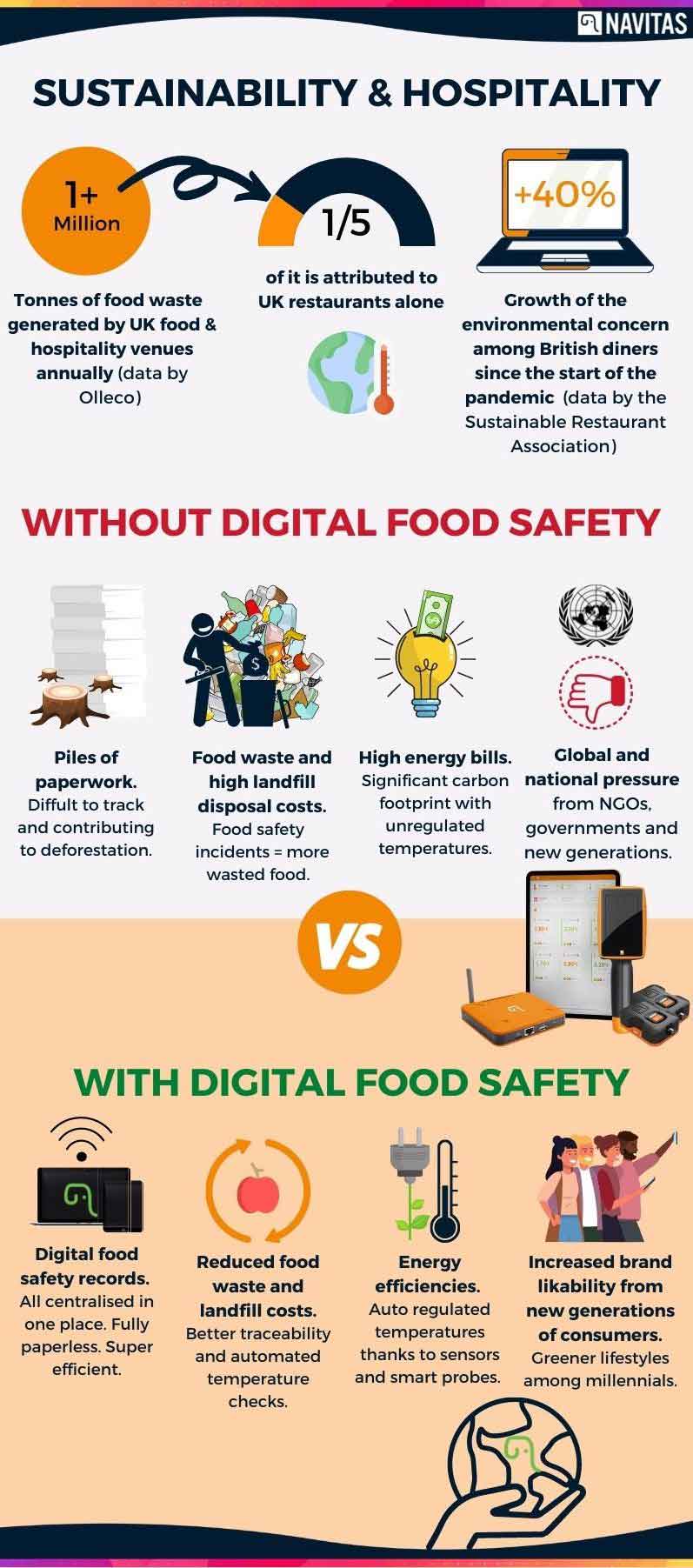
First, generate energy efficiencies thanks to digital food safety💡
Many fridges and freezers are colder than they should be. In fact, research finds that on average a commercial fridge or freezer is 2.2ºC too cold. And this means about 20% of energy was unnecessarily consumed. Consequently, your kitchen appliances over-consume energy and increase your energy bill. In addition this means extra C02 emissions that could be otherwise prevented!
For example if a business has 5 fridges and 4 freezers 2.2ºC colder, they will be using 22% unnecessary energy. That’s an extra £279 to pay! And all of this could be prevented.
So, what can you do? Our first sustainable food safety practice is about digitising your appliance temperature monitoring system. With automated fridge temperature monitors, you delegate all the dirty work to technology. That way, you don’t have to manually record temperatures! In addition, the monitors will check appliance temperatures 24/7 and keep them at eco-friendly, optimised levels. No more unwanted extra energy costs! Also, you ensure that no extra C02 emissions are generated by your fridges and freezers being unoptimised.
Learn more about our automated freezer and fridge temperature monitoring devices. They help you get a lower energy bill and carbon footprint.
Second, cut food waste with digital food safety kits 🍊
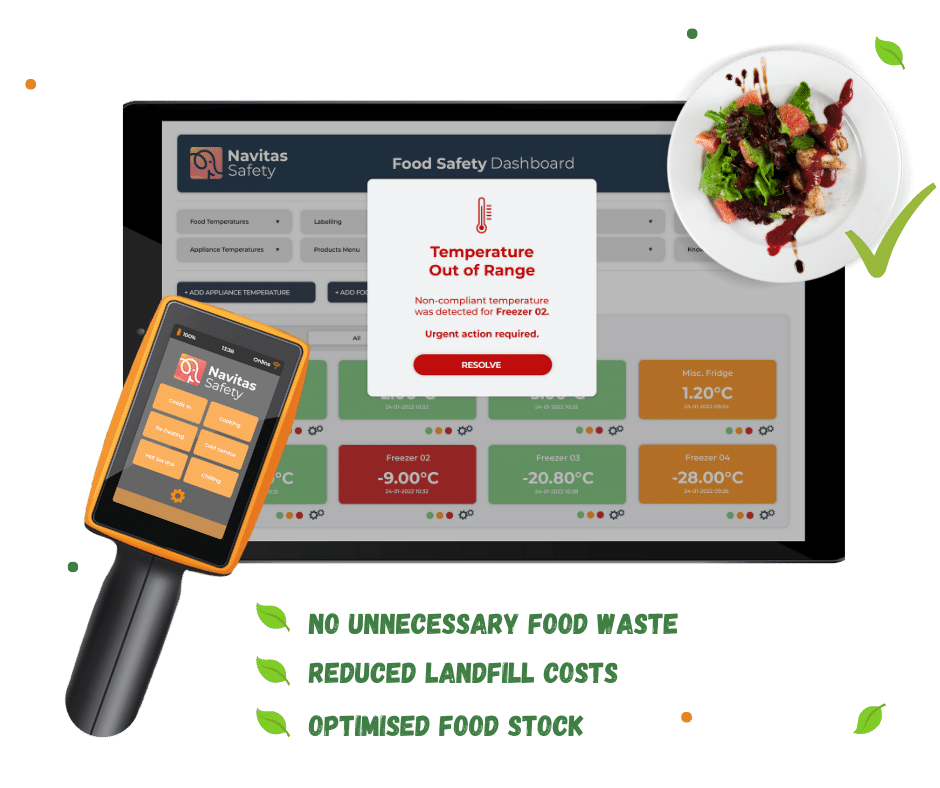
Food waste is another major sustainability issue for food businesses. Just in the UK, food and hospitality businesses account for over a million tonnes of wasted food, annually. In fact, 20% of this food waste is coming straight from restaurants alone.
Also, it’s estimated that food waste is responsible for about 30% of the world’s greenhouse gas emissions. Olleco calculated that if all of the UK’s food waste could be picked up and re-used, this would save an amount of CO2 equalling a 30 square mile forest (the size of Scotland by the way)!
So what sustainable food safety practices can you put into place?
Digital food safety kits can help you cut food waste in two ways:
- Automated fridge and freezer temperature monitors to ensure no food goes to waste due to unsafe temperatures. Let technology automatically monitor temperatures and alert you only when needed.
- Digital food probes to guarantee that staff knows what to do at all times. The built-in food safety guidelines prevent staff from doing food safety mistakes that generate waste.
Curious about our digital food safety kits?
Third sustainable food safety practice: cut paper usage 🌳
Another way to become more sustainable in the kitchen is to tackle paper-based processes. More precisely, to completely cut paperwork and switch to digital processes.
How many paper checklists do you use on a single day? Cleaning protocols, opening & closing checks, food sample checklists… They pile up quite quickly, don’t they?
And you’re not the only one who is completing all of that paperwork. 360,000+ other foodservice outlets in the UK are too. If 360,000 food businesses fill out 5 pages of paper safety checklists a day, that’s 1,800,000 million pieces of paper wasted DAILY. Do you know how many pieces of paper come from one tree? 10,000. So, that’s the same as 180 trees deforested for every day’s worth of food safety paperwork.
So what’s a good sustainable food safety practice to adopt? Similarly to house bills or bank statements, digitising paperwork is ideal to lower your hospitality business’ carbon footprint. Indeed digital food safety processes allow you to trade piles and piles of paperwork for time-saving automated digital records. Plus, it’s all saved in one, central online platform. So get all your food safety checklists done digitally, sign them off and set handy reminders.
That way, you’ll protect some trees while saving your teams time and effort. The safe & green winning combo!
Discover how our food safety software lets you create any digital safety checklist you want!
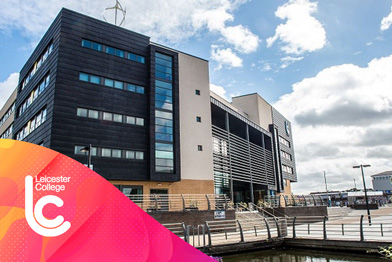
Leicester College saves 264 hours annually with Navitas digital food safety. Total visibility on food safety whilst their staff focus on what they love. Explore more about this happy customer story!
Finally, lower operational costs by becoming greener 📉
Eventually, becoming more sustainable with digital food safety will also lower some operational costs for your business. Especially when it’s a one-stop destination like Navitas Safety! So yes, it’s good for the planet but also for you as a foodservice owner, manager or chef. The combination of sensors, automated temperature checks, cloud-base digital records and data-rich reports will positively impact your operational costs. How so?
- ⚡️ To start, energy efficiencies and a lower energy bill thanks to our wireless fridge temperature monitors
- ♻️ Then, reduced food waste and so less landfill disposal costs
- 🗞 No more paper and printing costs
- 📊 Optimised food stocks (less contamination incidents and food waste)
- 🗣 Also, brand protection and no PR disaster recovery costs thanks to better traceability and efficiencies
- 🔄 Minimised outsourced services (external auditors, training: Navitas does it all!)
- 🏡 Finally, reduced commuting cost for management (work from home stress-free with digital records)
So, how does it feel to be greener and safer while optimising your food business’ operational costs?
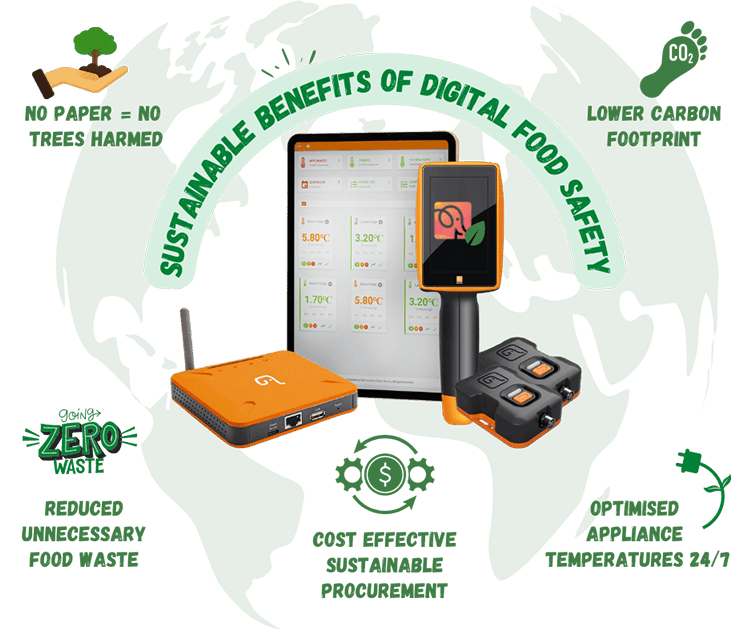
Sustainable food safety practices are green and trendy
In conclusion, the hospitality industry will likely soon face new regulations fostering more sustainable practices. Imagine displaying on your door “We are a sustainable restaurant” next to your 5* hygiene rating (read our tips here on hygiene scores). Yes, the goosebumps are real!
Because safety comes first in the foodservice sector, sustainability is often left in the backlog. But digital food safety empowers your team to combine both safety and sustainability in one go. That way, you can prepare for the next generation of food consumers by being safe, green and trendy.
We understand becoming a fully zero-waste food business is a real challenge. That’s why you can start with baby steps to incorporate more environmental-friendly processes. Sustainable food safety starts digitally! Since everybody is talking about digitisation right now, don’t miss the boat! Get no-hassle and efficient control on your food safety processes and sustainability goals.
We hope you’ve enjoyed the 4 sustainable food safety practices we shared today! 💚
